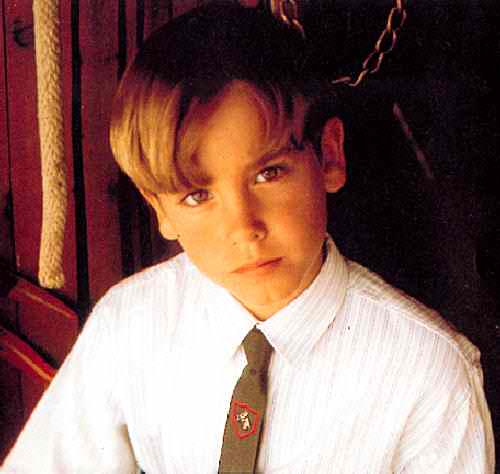
Figure 1.--The soft collar that became the standard for boys' wear in the 1920s. This boy wears a stripped dress shirt.


Figure 1.--The soft collar that became the standard for boys' wear in the 1920s. This boy wears a stripped dress shirt. |
The standard soft collars generally worn by boys today
became accepted in the 1920s, replacing the Eton collars commonly worn at the beginning of the century. Over time there have been many inovations worn by
both men and boys, such as tabs, pins, and the most enduring, button downs. Some shirt inovations for men have not carried over to boys' shirts collars. The British fasgion of white collars on colored stripped
shirts is little seen on boys' shirts. Incidentally one of the most influential taylor is Thomas Pink of London and probably the origin of the English phrase "in the pink". The company now has a wide range of colors
available, but most boys' dress shirts are still white or since the 1950s, blue. School boys in England, however, often continue to wear gray shirts for everyday wear.
Navigate the Historic Boys' Clothing W eb Site:
[Return to the Main collar pagre]
[Introduction]
[Activities]
[Artists]
[Chronologies]
[Contributions]
[Countries]
[Photography]
[Style Index]
[Boys' Clothing Home]
Navigate the Historic Boys' Clothing Web chronological pages:
[The 16th Century]
[Early 1800s]
[The 1870s]
[The 1880s]
[The 1890s]
[The 1900s]
[The 1910s]
[The 1920s]
[The 1930s]
[The 1940s]
[The 1950s]
Navigate the Historic Boys' Clothing Web style pages:
[Dresses]
[Smocks]
[Bows]
[Bodice kilts]
[Kilts]
[Sailor suits]
[Eton suits]
[Blouses]
[Ring bearer/page costumes]
[Fauntleroy suits]
